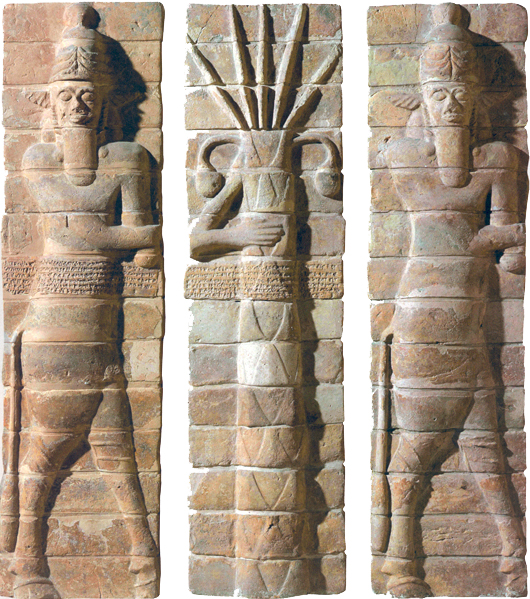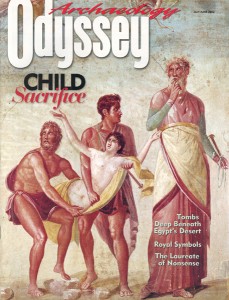
During the Late Bronze Age (1550–1200 B.C.E.), much of the eastern Mediterranean and Near East was carved up among a group of civilizations: Egyptians in the south, Babylonians and Assyrians in Mesopotamia, the Mittani in northern Syria, Hittites in Anatolia, and Mycenaeans in Greece and Crete.
Many of these states had active diplomatic relations with one another, as well as with smaller kingdoms on Cyprus, in Anatolia, in Syria and in the Levant. The ruling dynasties of these great civilizations created a kind of supraregional sphere of power in which they were tightly bound together despite cultural differences and national loyalties. Not only did Late Bronze Age kings make formal treaties with one another but they forged interdynastic alliances, addressed one another as “brother” and exchanged expensive gifts—much like the interbred European monarchies before World War I.
Already a library member? Log in here.
Institution user? Log in with your IP address.

